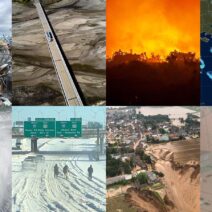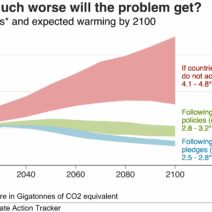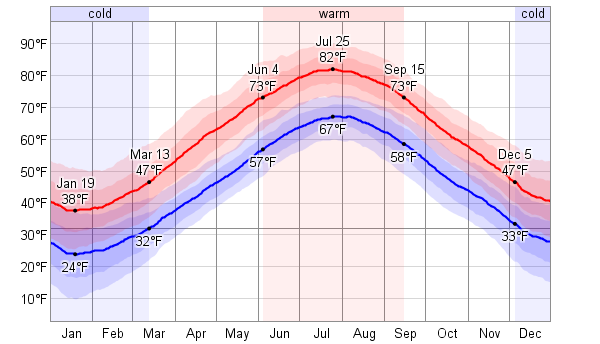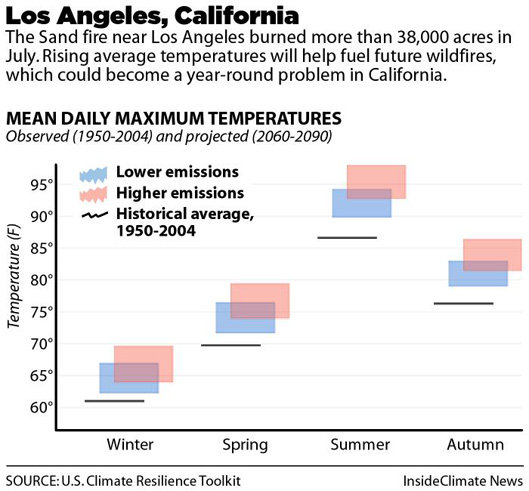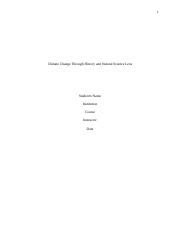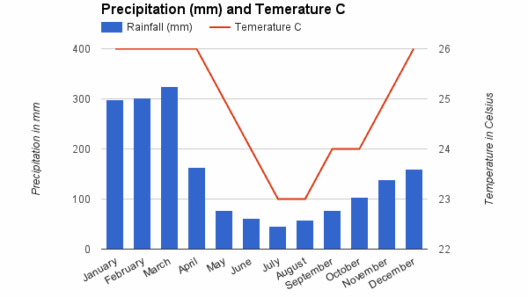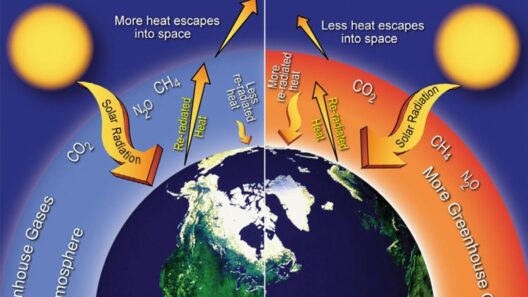New York City, known for its vibrant culture, iconic skyline, and relentless hustle and bustle, is also a microcosm of climate change’s pronounced effects. The city experiences a distinctive set of seasonal shifts, particularly in winter, where snowstorms have become remarkably more intense and unpredictable. This dramatic alteration in climate patterns possesses several multifaceted implications, each worthy of scrutiny. The phenomenon of winter storms is not merely a meteorological curiosity; rather, it reflects underlying environmental transformations.
During the past few decades, the frequency and intensity of extreme weather events have escalated in New York. Thought to be mere anomalies in the past, blizzards and nor’easters have become staples of the winter narrative. This begs an essential question: why has New York’s winter weather become so volatile? Climate scientists attribute these changes profoundly to the warming globe. With increased atmospheric temperatures, the capacity of air to retain moisture becomes augmented, potentially leading to more significant snowfall during winter storms. The relationship between temperature rises and extreme weather is no longer a contentious point in climatology; it has reached a consensus.
Our fascination with snowstorms is hardly superficial. For many residents, the snowy landscape brings a transient beauty that transforms the urban ecosystem. The sight of Central Park blanketed in white induces feelings of nostalgia and wonder; yet, beneath this picturesque facade lie serious considerations regarding infrastructure resilience and public safety. This juxtaposition of beauty and danger creates a compelling narrative that requires unpacking.
Furthermore, the financial implications of these climatological changes cannot be ignored. The costs associated with snow removal, emergency services, and repairs to infrastructure escalate dramatically during severe winter weather events. Cities like New York allocate vast funds toward storm preparation and recovery efforts, which could otherwise be invested in sustainable projects. As residents grapple with fiscal responsibility, they wonder: should resources be redirected to mitigate climate change effects rather than simply respond to its aftermath? The ethics surrounding resource allocation compel a deeper reconsideration of priorities.
The psychological impact of increasingly harsh winters also calls for contemplation. Studies indicate that seasonal affective disorder (SAD) symptoms exacerbate during prolonged periods of winter gloom and unrelenting storms. With darkened skies and harsh weather, the kinetic energy of urban life wanes, affecting mental health and community engagement. In a city that thrives on interaction and collective experiences, the isolation birthed by harsh winters emerges as a preeminent concern. How do we cultivate resilience, not only in infrastructure but within the residents themselves?
Moreover, the specter of climate-driven displacement looms over many communities. Vulnerable populations, particularly in lower-income neighborhoods, often bear the brunt of climate change’s impacts. As resources dwindle and weather extremes mount, the inequities in preparedness and recovery efforts begin to surface. Low-income neighborhoods may lack the funds or infrastructure to weather the duration of snowstorms, leading to a cycle of vulnerability and disenfranchisement. The question becomes not just about surviving severe winter storms but also about ensuring equitable access to safety and recovery resources.
Culturally, winter storms represent a punctuating moment in New York’s collective consciousness. Each snowstorm is a communal touchstone, a shared experience that elicits tales of resilience and creativity. Whether it’s the festive imagery of holiday markets set against snowy backdrops or the iconic scenes of families building snowmen in the streets, snow has a way of bringing people together, despite the inherent dangers it presents. Yet, such unity often masks the deeper issues at play — namely, the vulnerabilities faced by different demographic groups within the city.
As climate change accelerates, the role of callous indifference must be scrutinized. Ignoring the harbingers of severe weather events not only exacerbates the crisis but also endangers future generations. The dialogue surrounding New York’s seasonal storms should escalate beyond passive acceptance; it must urge policymakers and citizens alike to confront and rectify the impacts of climate change on both natural and built environments. Collective action is paramount, demanding not just awareness but a concerted effort to build adaptive frameworks that ensure safety across all socio-economic strata.
In conclusion, the winter storms in New York City epitomize more than just seasonal anecdotes; they encapsulate the essence of a transformative climate narrative. The intersection of environmental shifts, societal implications, and the very psyche of the city’s inhabitants compose a rich tapestry demanding critical attention. It is imperative that as a society we acknowledge the magnitude of these storms, beyond their ephemeral beauty or discomfort, and advocate for systems that thrive amid climatic challenges. Our relationship with winter storms must evolve from one of passive reminiscence to active resilience, ensuring that the essence of New York remains buoyant even amid its dizzying winters.

